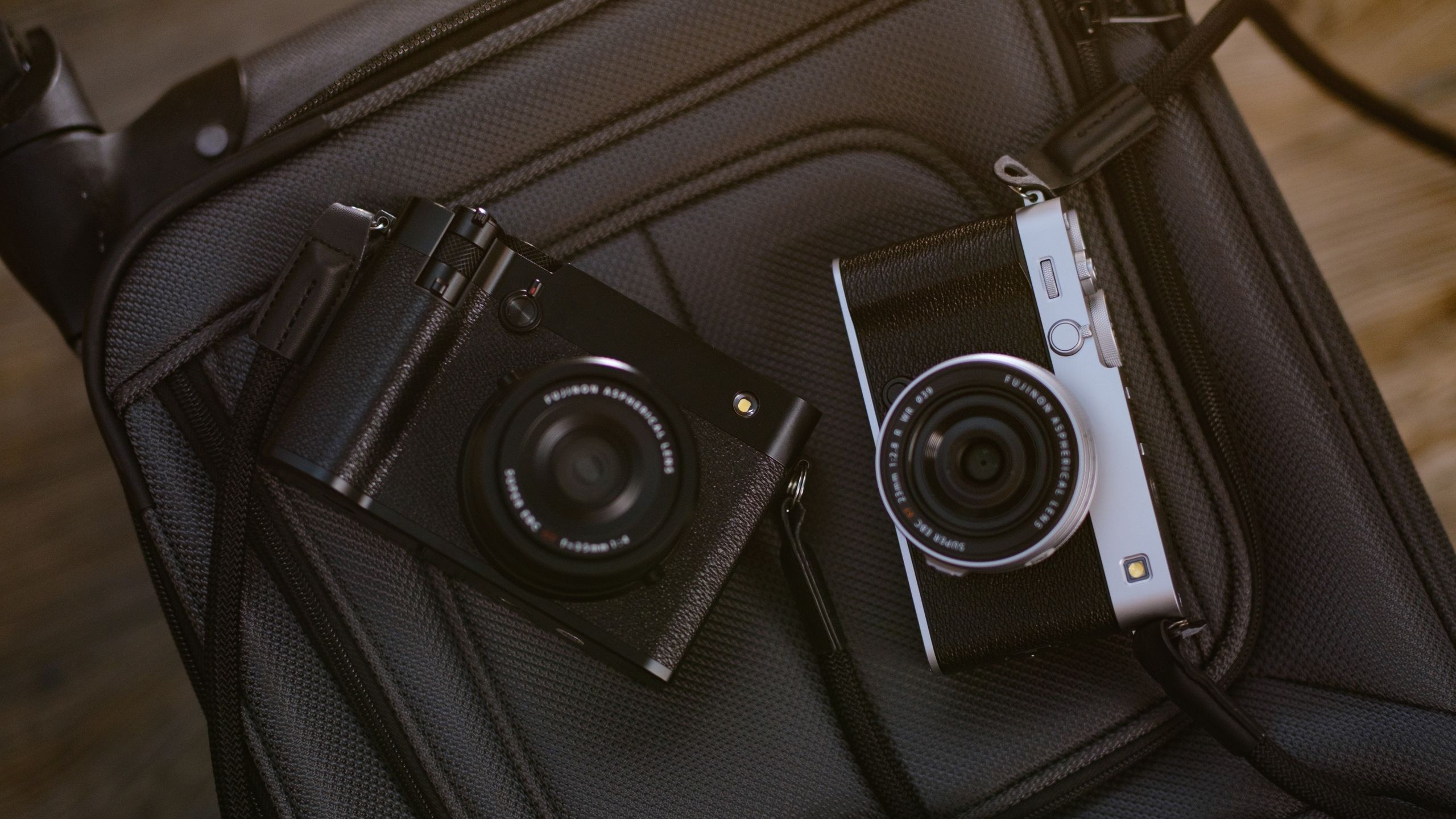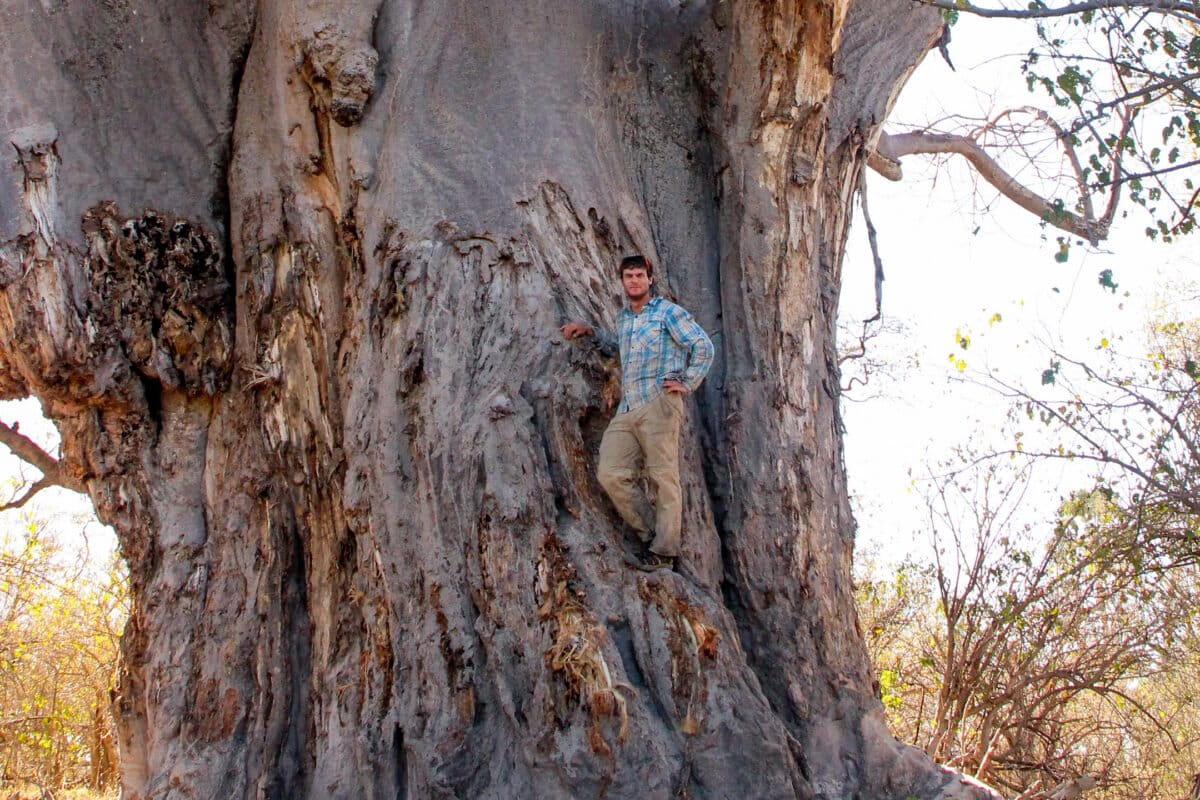Through the Shutter: Crafting Stories with Travel Photography

Travel photography is one of the most potent media for storytelling. Unlike casual snapshots, it goes beyond simply capturing a scene; it translates experiences, cultures, and emotions into visual narratives that resonate with audiences worldwide. Each image becomes a chapter in a larger story, preserving the essence of a moment long after the moment itself has passed.
Photographers who specialize in travel don’t just document places—they reveal perspectives. They uncover the beauty of fleeting expressions, cultural traditions, and landscapes that define a community. Through their lenses, viewers are transported across borders and time zones, gaining insight into the diversity and shared humanity of the world.
Storytelling as the Soul of Travel Photography
At its heart, travel photography is storytelling. A picture of a fisherman casting his net at dawn isn’t merely a record of an occupation—it is a narrative about perseverance, livelihood, and connection to the sea. These images carry context, meaning, and emotion, transforming them into stories that linger in the imagination.
The best travel photography transcends aesthetics. It seeks not only to delight the eye but also to stir curiosity and empathy. Each shot asks viewers to pause, reflect, and consider what lies beyond the frame: the history, struggles, and triumphs of the people and places depicted.
People as the Narrative Anchors
People bring vitality to travel photography. Their expressions, movements, and interactions add dimension to cultural storytelling. A close-up of a grandmother embroidering by candlelight communicates wisdom and tradition, while a child playing in rain-soaked streets evokes innocence and joy. These stories cannot be replicated by landscapes alone.
Photographers who prioritize human connection often achieve the most impactful images. A simple gesture, such as asking permission or sharing a smile, builds trust, allowing subjects to open themselves up authentically. These moments of genuine human interaction result in images that feel alive and meaningful.
Landscapes and Cities as Silent Storytellers
Beyond people, landscapes and cityscapes tell stories in their own quiet ways. The rugged cliffs of Ireland, the sprawling deserts of Namibia, or the neon-lit avenues of Tokyo all convey unique atmospheres and histories. These backdrops influence how communities live, work, and celebrate life.
What makes landscapes powerful is their ability to evoke emotion without words. A photograph of a snowy mountain range at sunrise might symbolize serenity and resilience. An image of crowded streets alive with vendors and performers might represent energy and resilience in the face of modernity. In this sense, landscapes are not just scenery—they are characters in their own right.
Emotion: The Invisible Thread
Technical mastery alone cannot guarantee compelling travel photography. Emotion is the invisible thread that binds image to audience. A perfectly balanced composition may impress, but without an emotional spark, it risks being forgettable. What lingers is not perfection but the feeling the image evokes.
Emotion transforms an image into a shared experience. A viewer who has never been to India may still feel awe when looking at a photograph of the Taj Mahal bathed in twilight. Someone who has never set foot in Africa may still sense the vitality of a tribal dance captured in motion. These emotional connections transcend distance and culture.
Obstacles Along the Journey
The journey of storytelling through travel photography is not without challenges. Photographers often face unpredictable weather, sudden changes in lighting, or fleeting moments that vanish before the shutter clicks. These obstacles demand adaptability and creativity, forcing photographers to see opportunity in imperfection.
Another challenge is ethical responsibility. When photographing people, it is vital to approach with respect. Misrepresentation or intrusion can damage trust and perpetuate stereotypes. Ethical travel photographers balance artistry with accountability, ensuring that their work honors rather than exploits the communities they capture.
The Influence of Technology
In the modern era, technology has transformed how travel photography tells stories. Lightweight cameras, drones, and smartphones allow for unprecedented access and versatility. Drones, in particular, open up new perspectives, showcasing aerial views of temples, forests, and coastlines that were once inaccessible.
However, while technology enhances the craft, it doesn’t replace vision. A drone may capture a sweeping aerial view, but without an eye for narrative, it remains a novelty. It is the photographer’s ability to notice small details and weave them into a broader context that makes the difference between a snapshot and a story.
Travel Photography as Cultural Preservation
Travel photography also serves as a form of cultural preservation. In rapidly modernizing societies, traditions risk fading away. Photographs of artisans, festivals, or rural practices ensure that future generations can witness and appreciate the richness of heritage. In this way, photography becomes a visual archive of human history.
At the same time, it acts as a tool for education. Audiences who may never visit a particular village in Peru or temple in Cambodia can still learn about these places through compelling imagery. By sharing culture across borders, photography builds bridges of understanding and respect.
Inspiring Wanderlust and Connection
The most lasting gift of travel photography is inspiration. A single image of the Northern Lights can spark someone’s desire to explore the Arctic. A portrait of a Balinese dancer may inspire curiosity about Southeast Asian traditions. These sparks ignite wanderlust and motivate people to seek experiences beyond their comfort zones.
Beyond wanderlust, photography cultivates empathy. It reminds us that while landscapes, languages, and lifestyles may differ, human emotions remain universal. By highlighting both differences and commonalities, travel photography fosters global awareness and deeper connections among people everywhere.
link







